Objective:
- Provide insight into the far reaching impacts of heat stress across global supply chains and how such impacts evolve spatially and over long time scales
Case:
Methodology:
- Climate model:
- CGE and IO
Data Source
- GTAP
- Multimodal meteorogical data: World climate research programme
- Socioeconomic data: SSP scenarios of IIASA
- Population 2001-2100: SEDAC
Findings:
- Under shared socioeconomic paths (SSP), total global loss in 2040: GDP loss (0.9%), health loss (0.5%), labor productivity (0.3%), indirect loss (0.1%)
- The global average heatwave days would increase by 24% compared to 2022
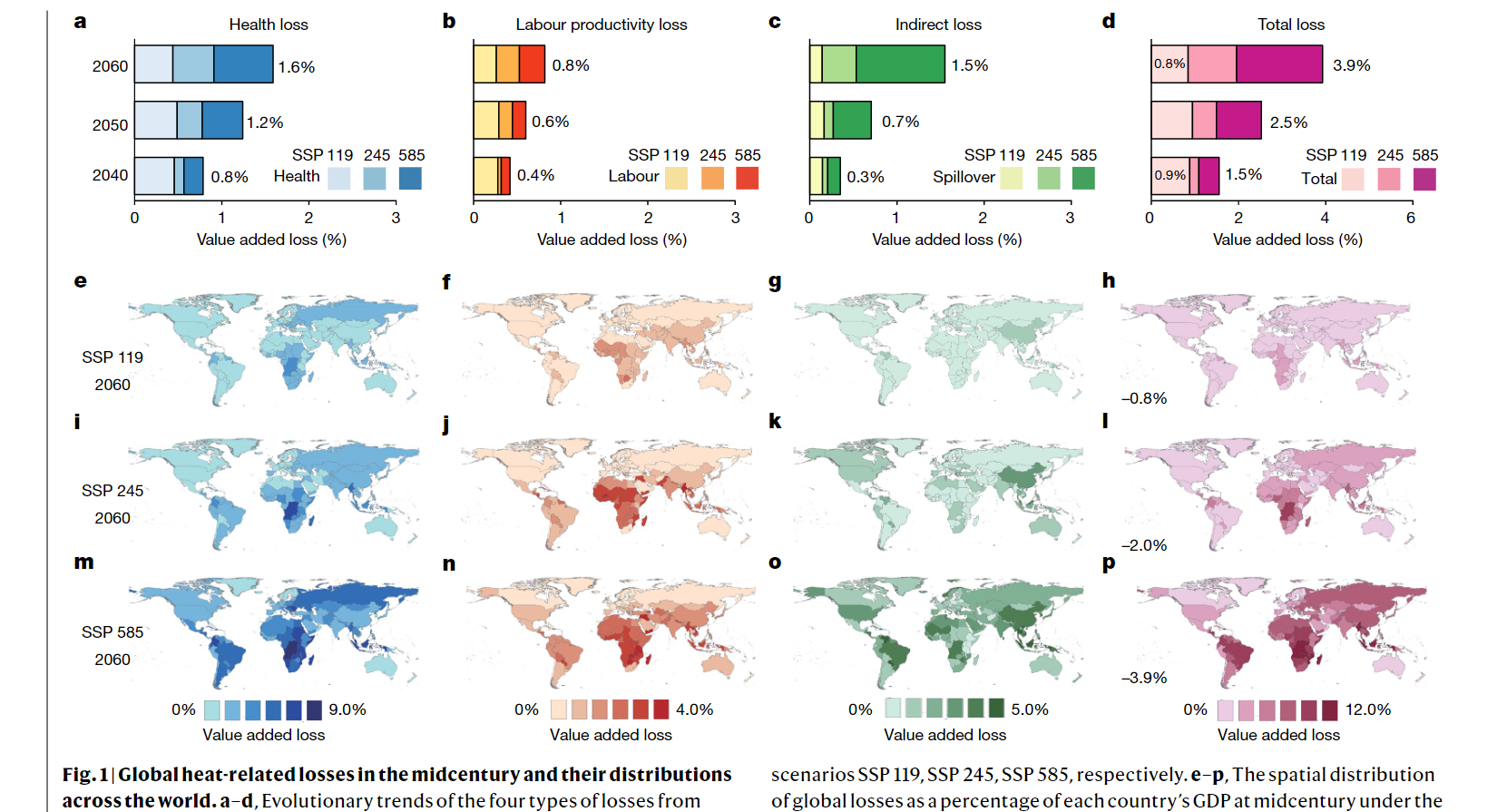
- Global losses display nonlinear growth trend
- The proportion of global GDP loss due to supply-chain disruptions is 0.1%-1.5%
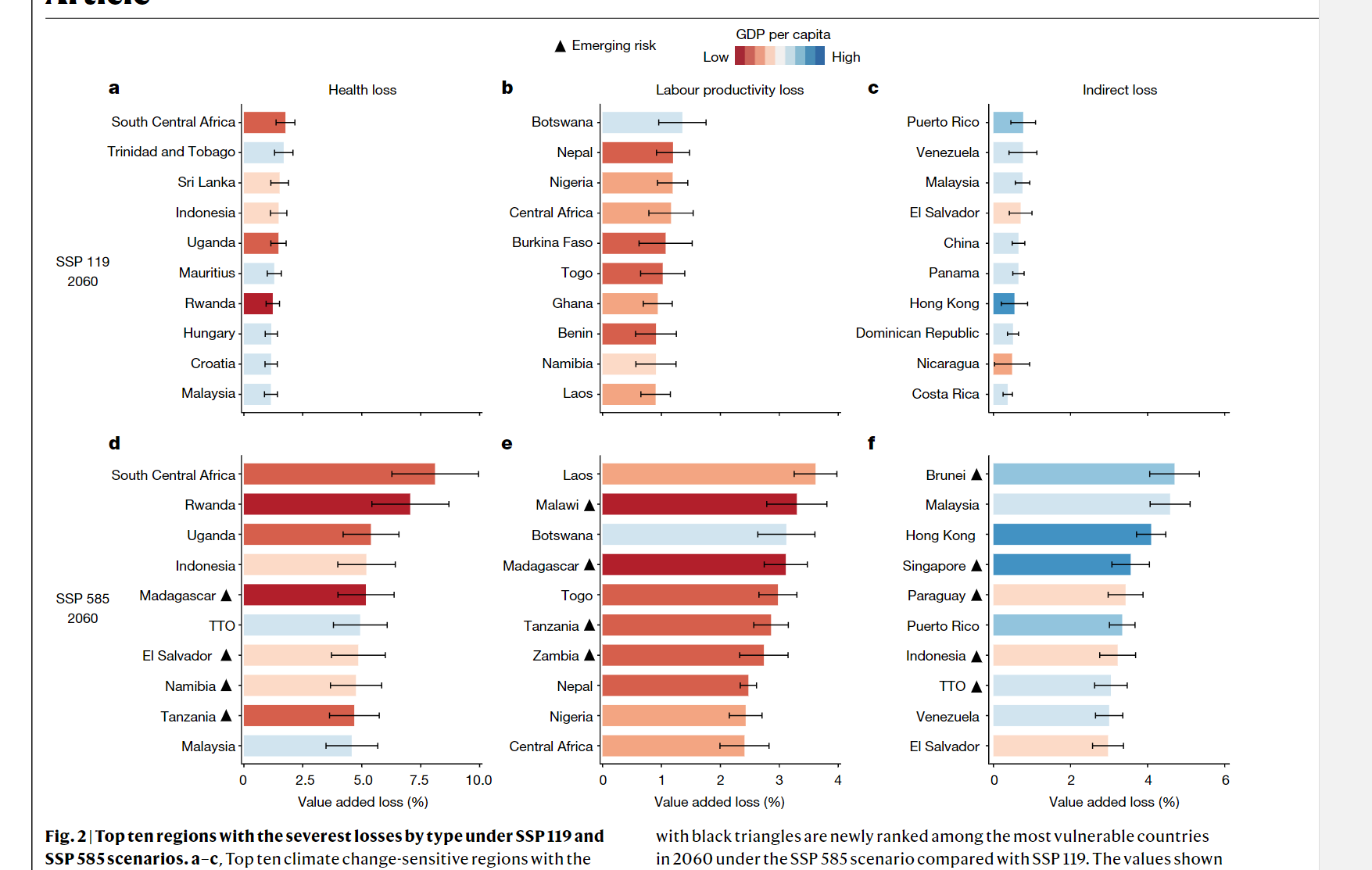
- Countries whose densely inhabited districts are expected to suffer from severe future warming and temperature anomalies, are the most vulnerable to health losses in terms of excess mortality
- Low-income emerging economies in the warmest climatic zones are more likely to suffer labor productivity loss
- Samll to medium-sized economies with strong and diverse connections to the most affected regions in the GVC are highly vulnerable to indirect effects

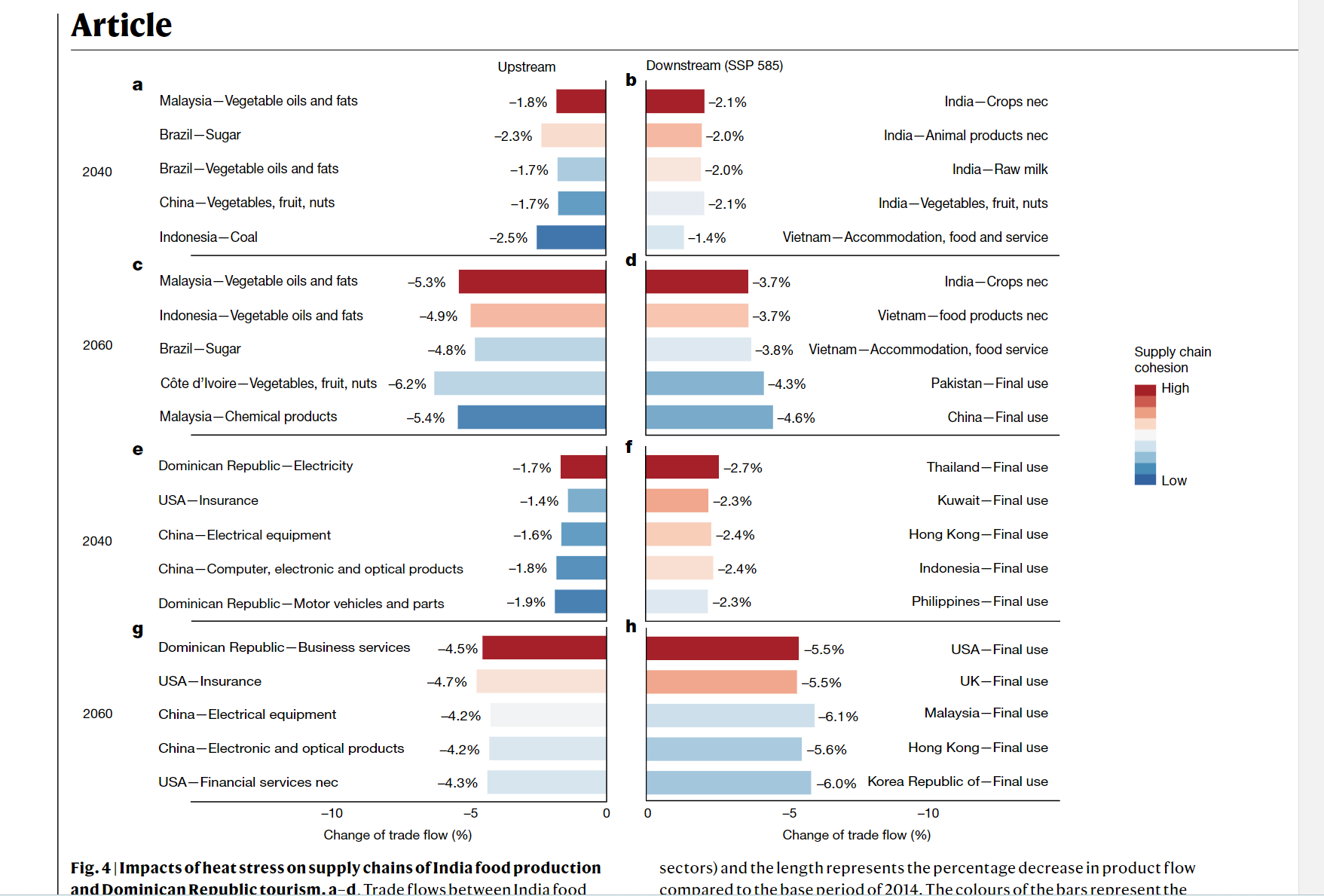
- Crop farming, construction and mining sectors are the msot affected in most countries
- Supply chains amplify the risk of future heat stress by causing nonlinear economic losses worldwide
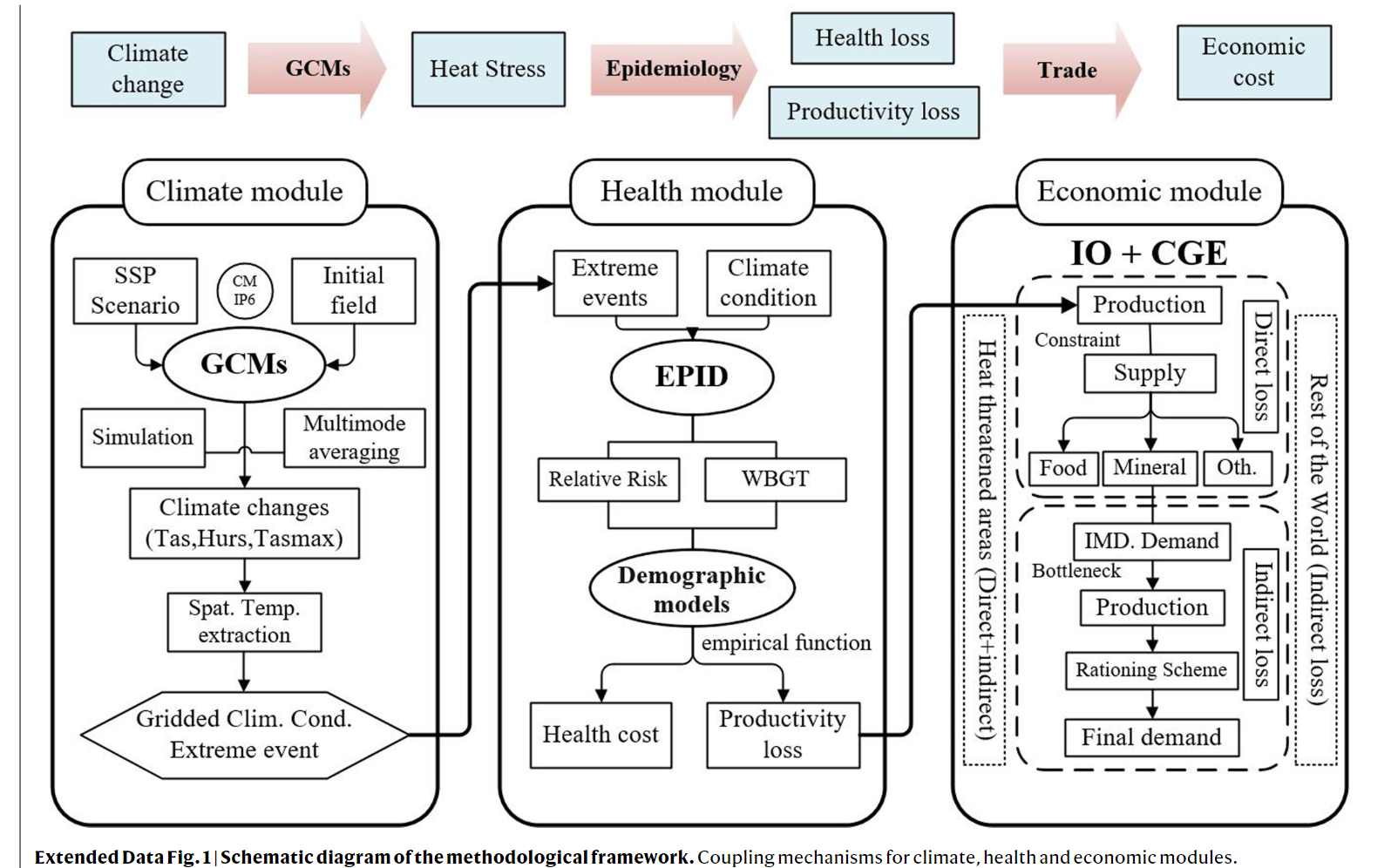
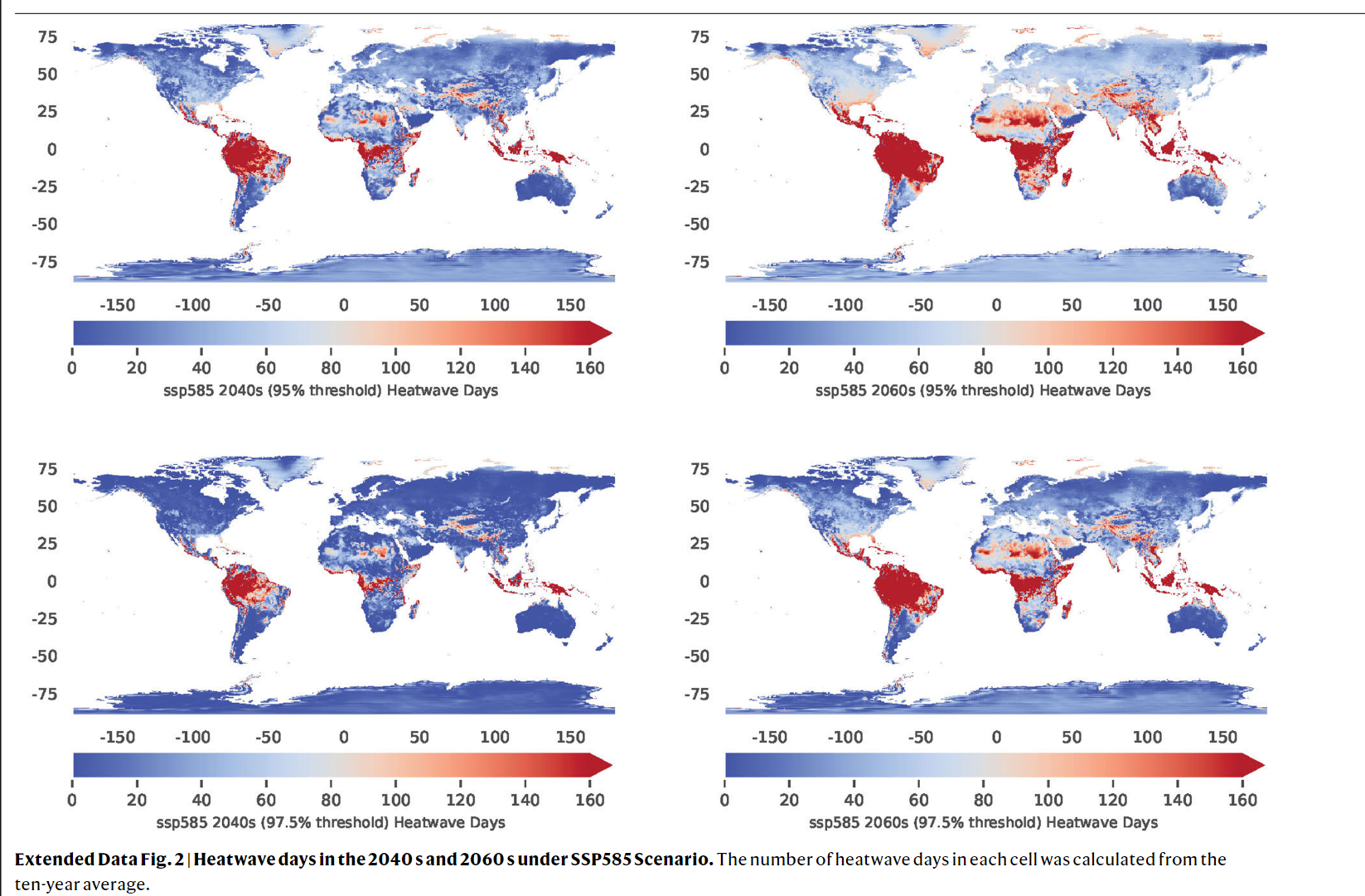
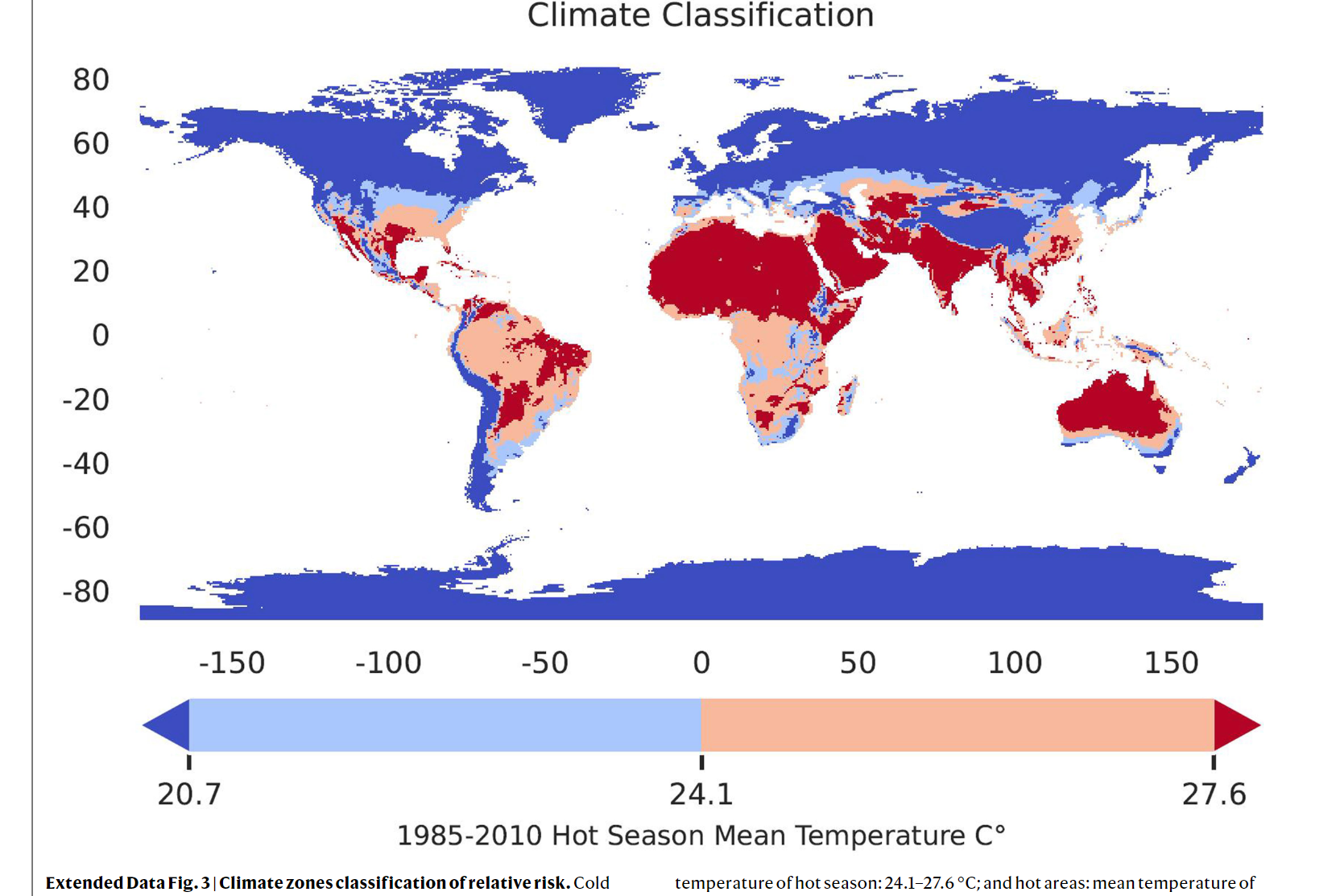
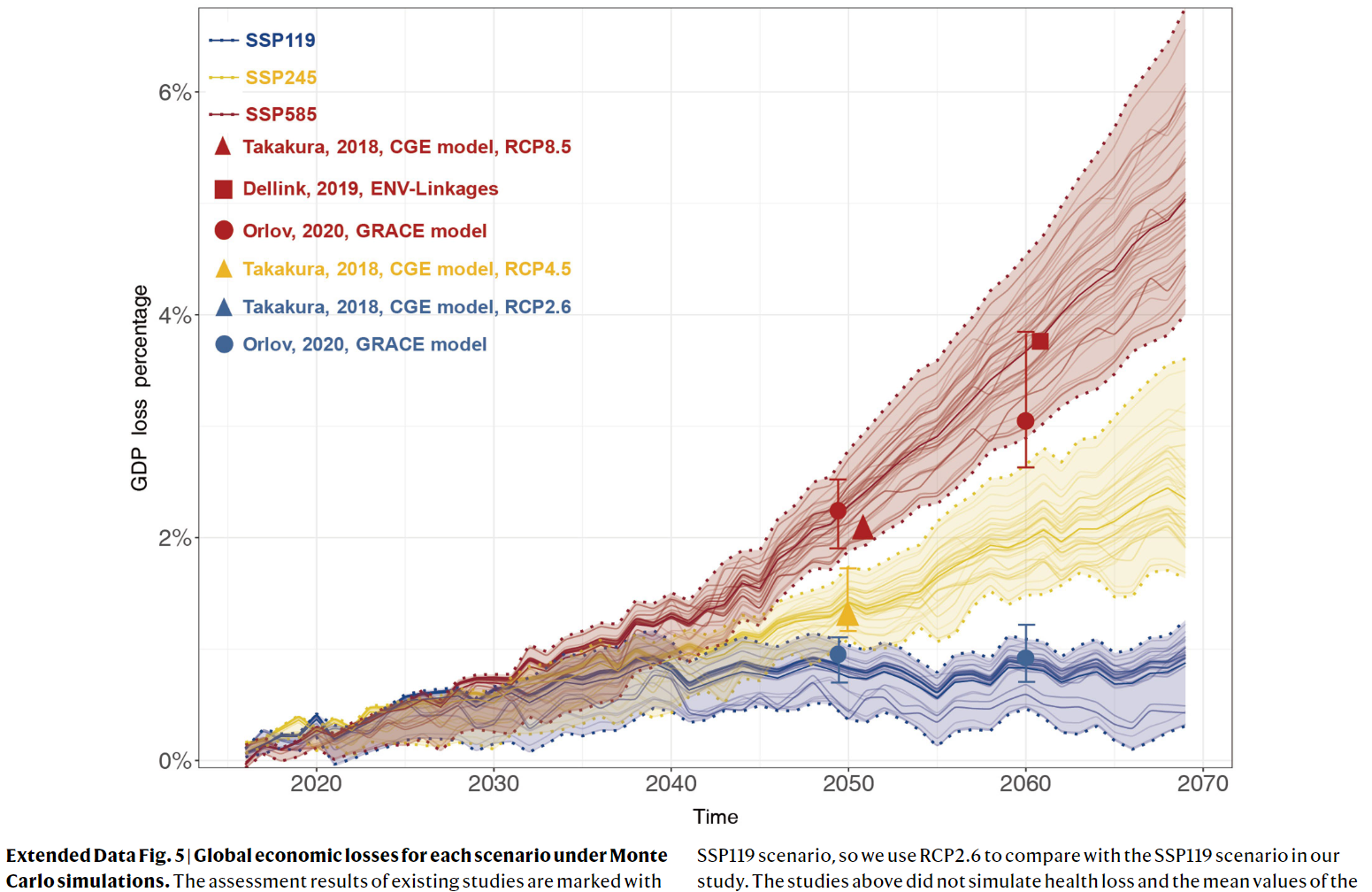


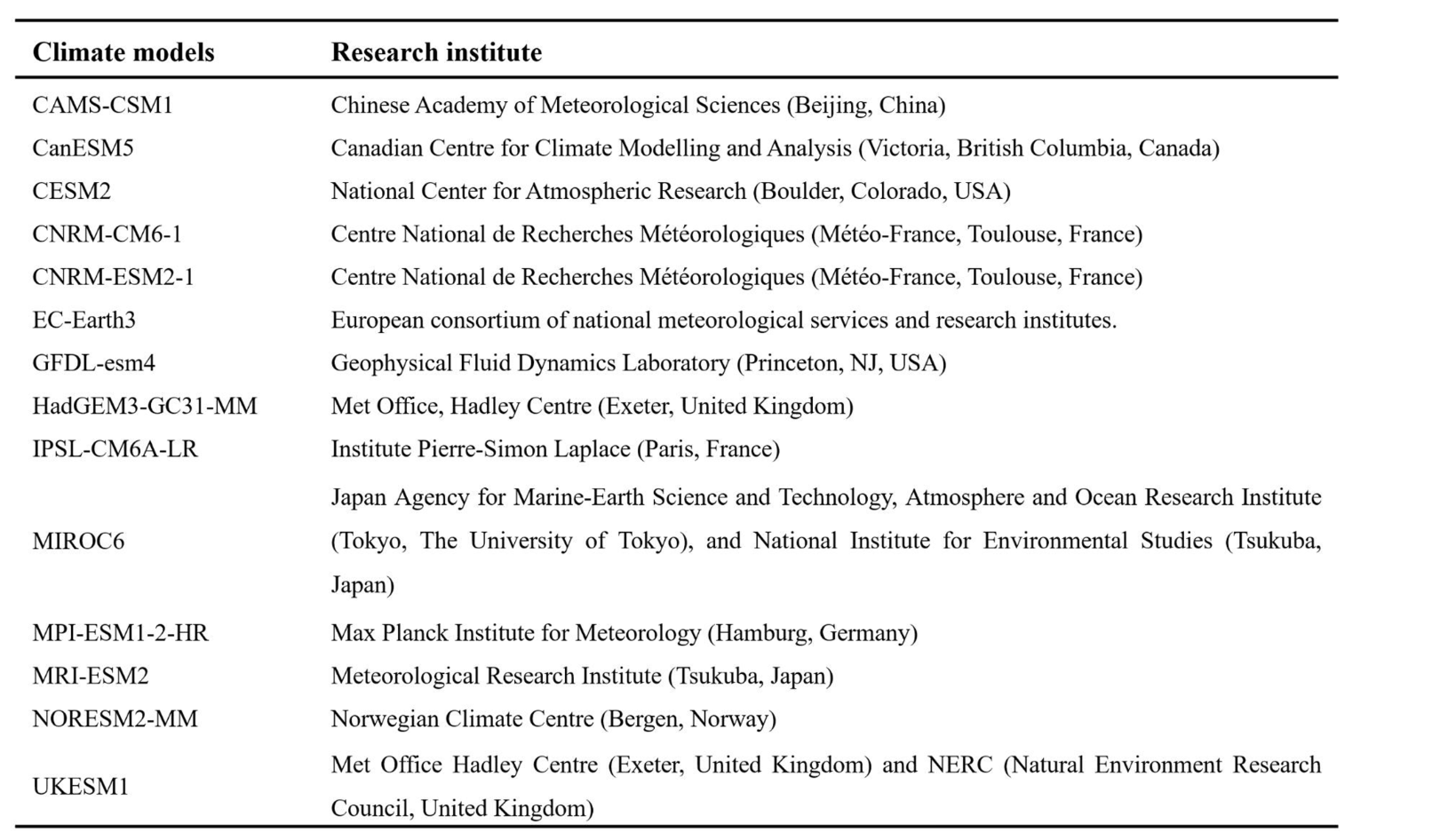
Coding Reference:











